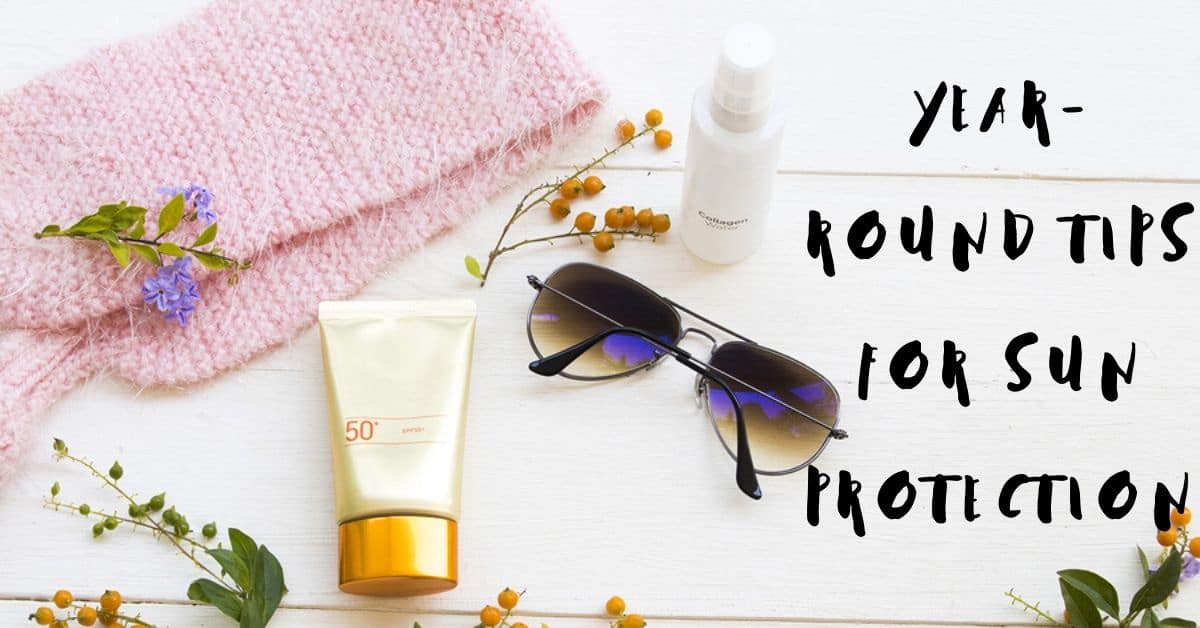- Finding the Right Indoor Plants for Desert Your Home - April 28, 2023
- Common Misunderstanding About Sun Exposure - April 18, 2023
- All about the Arizona Monsoon Season - May 21, 2021
Understanding the basics about UV radiation and how it damages your skin is an important first step in learning how to safeguard yourself against skin cancer. The good news is that the danger posed by UV radiation can be greatly reduced by you! Yes, you can still enjoy outdoor activities while limiting your skin cancer risk by taking simple, smart protective measures.
There are the occasions when people are most aware that they need sun protection like the at the beach or on a hike — when they can see and feel the sun’s rays shining down on them. But these aren’t the only times ultraviolet (UV) rays hit your skin. There are many situations where UV radiation can reach you even if you do not realize it, and it’s just as important to protect yourself against potential skin damage at these times as it is on sunny days. When it comes to skin cancer, a major risk factor is prolonged exposure to ultraviolet (UV) radiation.
On Rainy Days
Believe it or not the sun can be just as damaging in the rain or on overcast days as it can when it is blaring down on you. Just because you can’t feel the sun beating down doesn’t mean you’re not at risk for UV exposure. UVA rays can penetrate through clouds, rain and fog, leaving you exposed. Also keep in mind that summer storms can pass quickly, so when the sky clears, you might be caught unexpectedly in the sun.
At Work
If you work indoors, you may think you’re safe from the sun’s rays while you’re safely indoors. Do you work near a window? If so, UVA rays are coming to work with you. UVB rays, the primary sunburn ray, are largely blocked by glass; but more than 50 percent of UVA rays, the main cause of premature skin aging, can penetrate glass. (Both UVA and UVB rays contribute to the development of skin cancer.) If you’re working anywhere within several feet of the window, the rays can and will reach you.
In Transit
If you are on your way to the beach or a hike it is common sense to apply sunscreen when you arrive at your destination but are you protected for the ride? By law, front windshields are treated to filter out most UVA, but side and rear windows most generally are not.
Consider installing professional protective window film (both in your car and in your home), but check local regulations first. And if you’re flying to your vacation, be aware that sun comes through airplane windows as well. In fact, this sun exposure may be stronger than the exposure you get on the ground. If you don’t install window film in your car or at home, it’s safest to wear sunscreen and sun-protective clothing just as you would outside.
Ain’t no Mountain High Enough.
If you’re getting ready to climb to highest heights, you’ll need to prepare sun-protective clothing and sunscreen. The sun’s rays are stronger at higher elevations — UV radiation exposure increases 4 to 5 percent with every 1,000 feet above sea level. The threat is even greater in winter climes, when UV rays reflect off of ice and snow, hitting your skin a second time. Be sure to reapply your sunscreen at least every couple of hours, and cover up.
The Nail Salon
We all understand the beauty of well-groomed nails and it’s so fun to pick an extra flashy color for the summer but if you enjoy a mani pedi be careful sitting under the dryer. Some nail lamps are called “UV” lamps, and some are called LED lamps, but both emit UV radiation (predominantly UVA). Although these lamps present only a moderate risk, it’s best to avoid using them if you can. If you’re setting a gel manicure, apply sunscreen to your hands 20 minutes before putting your hands under the dryer. If you’re getting a regular manicure, the safest bet is to allow nails to air-dry naturally.
CC Sunscreens
One of the best ways to protect yourself from harmful UV rays in your home or work environment is to install sunscreens to protect you from the light coming through your windows. Our sunscreens maintain a well-lit environment while still protecting you from harmful UV rays. Contact us today for a free estimate.

